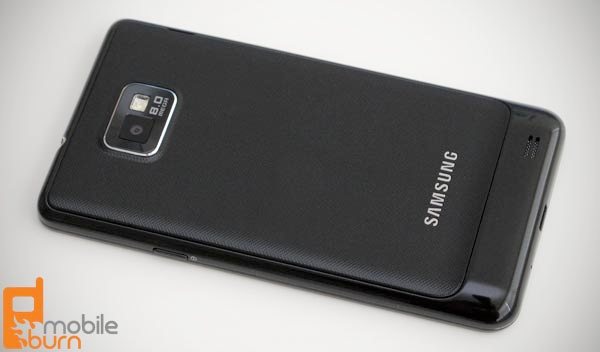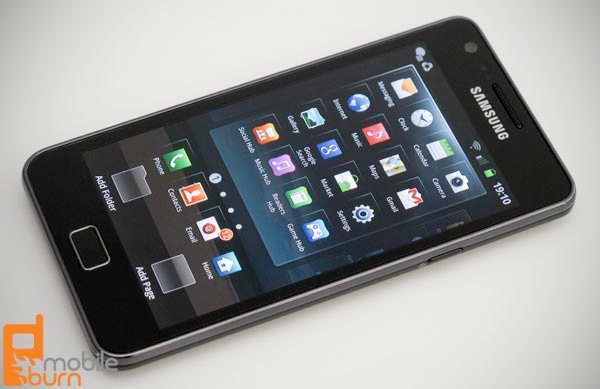Usability, Calling / Data
Usability
Samsung used the Galaxy S II to show off its brand new TouchWiz 4.0 user interface, which runs atop of Android 2.3.3 Gingerbread. I was a big fan of TouchWiz 3, and am pleased to report that 4.0 is even better. The main menu and home screens, as you'll see in our videos, are even more flexible and useful than before.
The improved unlock screen provides quick access to missed calls or messages, plenty of new and attractive widgets for the home screens have been added, and the phone's 1.2GHz dual-core processor makes sure that everything happens near instantly. I even prefer Samsung's copy/paste and text selection system to that offered by stock Android 2.3 Gingerbread.
The touchscreen on the phone is accurate in use, but if you tire of tapping and swiping, you can use Samsung's surprisingly helpful Kies Air software to access most of your phone's content over a simple web interface that connects over Wi-Fi. The phone's contacts app is easy to use and pulls in friends from Facebook (but not Twitter), and offers a nice index of letters along its right edge for quickly finding a needed record.

The Galaxy S II features a number of new gestures for interacting with the phone. Users can place two fingers on the display and tilt the phone back and forth to zoom in or out in the browser or gallery, for example. The phone also recognizes flipping the phone to mute an inbound call. The Vlingo-powered Voice Talk app even recognizes a double-tap on the top of the phone to initiate a voice command. The app can be used to easily send text messages or access features like navigation, music, or calls. For example, saying "Send message to Jack Black message Hey Jack don't forget our lunch appointment" would prepare a message for Jack, and all you would be required to do is tap the send button.
All in all, the Samsung Galaxy S II is very powerful and fun to use. It might lack the tight social network integration that HTC's Sense offers, but it excels most everywhere else.
Calling / Data
While I was unable to test the 3G data capabilities of the Samsung Galaxy S II due to it lacking support for T-Mobile's network in the U.S., I was able to compare its GSM performance with a number of devices. The Galaxy S II performed very well when it came to GSM reception and offered particularly crisp and clear audio during calls. It's worth noting that if I had an AT&T SIM card, this UK Galaxy S II still would have had access to 3G data, since it offers UMTS support on the 850, 900, 1900, and 2100MHz bands, which is great.

The Galaxy S II features HSPA+ data that should be good for theoretical top download speeds of 21Mbps. In practice speeds will be slower, but it's good to know that the phone has the capability if your network does. I did experience some Wi-Fi connectivity issues on the phone, having to do with Wi-Fi connections remaining active, but not working. No other device in my possession had that problem.
In addition to Wi-Fi connectivity, the S II also features Bluetooth and USB data. The phone supports USB tethering and a Wi-Fi hotspot mode, as well.